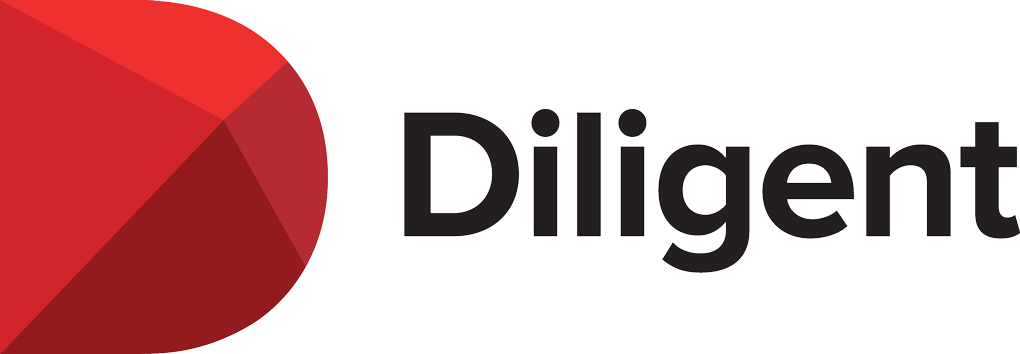
The Case for Board Portals: Saving Money While Saving the Environment
Brought to you by Diligent Corporation

 In the past, the decision to adopt portal-based solutions for boardroom communications was often driven by efficiency. Banks sought to minimize the manual labor associated with paper-based board pack production and create a seamless flow of critical information to board members. Most directors adapted quickly to digital options. And why not? Doing so allowed them access to volumes of board materials on iPads or tablets and near real-time updates for swifter and better-informed decision-making. For the company secretary, the advantages were equally compelling: With paper-based production, the manual effort of printing, collating and delivering board packs is immense compared with electronically developing and disseminating materials.
In the past, the decision to adopt portal-based solutions for boardroom communications was often driven by efficiency. Banks sought to minimize the manual labor associated with paper-based board pack production and create a seamless flow of critical information to board members. Most directors adapted quickly to digital options. And why not? Doing so allowed them access to volumes of board materials on iPads or tablets and near real-time updates for swifter and better-informed decision-making. For the company secretary, the advantages were equally compelling: With paper-based production, the manual effort of printing, collating and delivering board packs is immense compared with electronically developing and disseminating materials.
Now, however, it is becoming increasingly clear that the greatest benefit of portal approaches goes well beyond the qualitative. Digital solutions can also significantly cut costs. Consider the case of Huntington Asset Services, a mutual fund service provider for clients with combined assets of more than $45 billion. Board meetings for Huntington’s Valued Advisers Trust generated, on average, 1,000-plus page binders that were four or five inches thick. Although the company’s primary motivation for adopting a secure board portal solution was efficiency, the money managers soon discovered that their own capital went a lot further with a portal. In fact, switching from a paper-based approach resulted in a savings of almost $10,000 a year for two funds on original costs of almost $40,000, or 24 percent. The same level of savings can be expected for each additional fund that adopts the portal solution. Beyond sheer material savings, Huntington Asset Services also notes that they save at least two days in the development and delivery process, and resources are freed up to focus on areas of more strategic importance.
Similarly, FirstRand is a leading international financial services group. FirstRand conducts a robust calendar of meetings—upwards of 600 a year between its main board and all of the subsidiaries requiring the production of more than 8,700 individual board packs for its directors. Moving from paper-based to digital production of boardroom materials was prompted at first by a need to mitigate the tremendous burden inherent in manual report processing.
After using Diligent Boardbooks for nearly a year, FirstRand measured savings obtained by moving to the solution. The bank discovered that the portal had cut their costs by nearly half. Previously, FirstRand spent almost $1.5 million per year on the production, assembly and delivery of board packs. After adopting a portal, the company achieved a saving of $748,000 in their first year alone, a reduction of an estimated 50 percent of overall costs. The majority of these savings were attributed to a 78 percent reduction in staff costs. And more than four million sheets of paper—the equivalent of 527 trees—were saved last year as a result of switching to a paperless solution, so there was measureable environmental impact as well.
A clear case for digital
While banks often initially adopt board portals to gain efficiencies, many also discover significant bottom-line savings. And they have proven that there is a clear business case for going digital. In many cases, a secure board portal solution can literally pay for itself.

